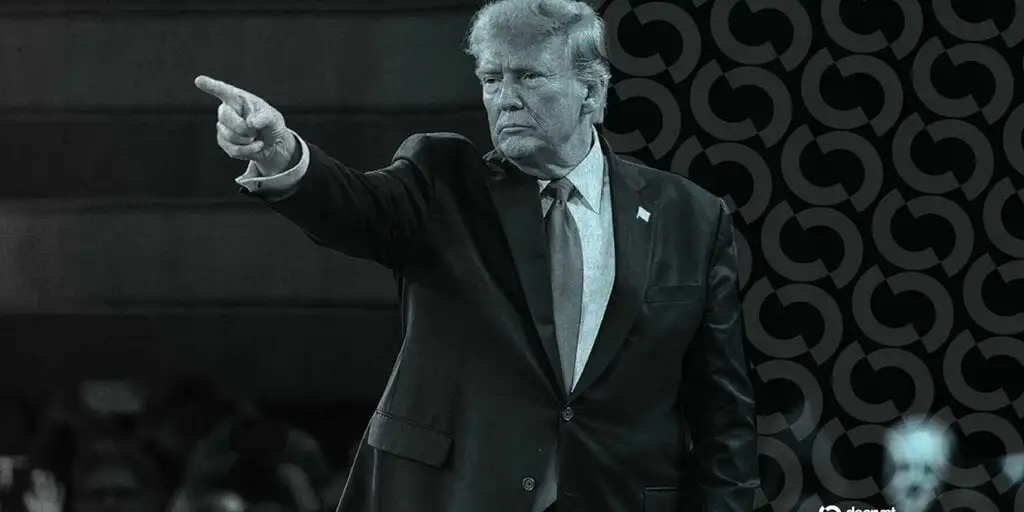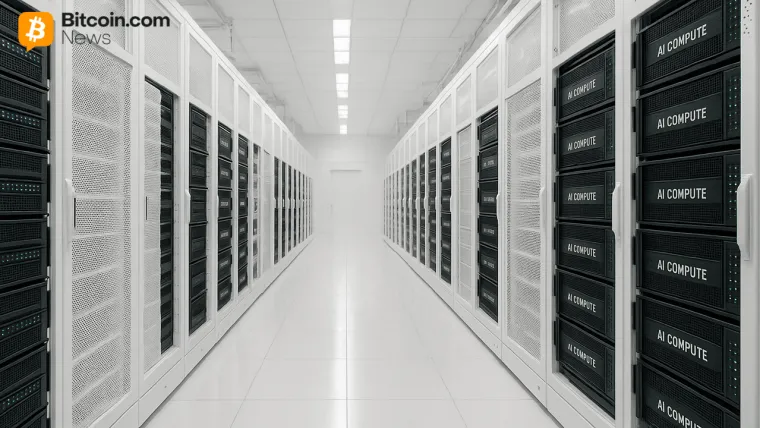In the past year, stablecoin payments have transitioned from pilot projects to larger-scale industrial implementation—cooperation and products at the infrastructure level are accelerating, while regulatory scrutiny is becoming increasingly intense. The launch of Circle Payments Network (CPN) mainnet by Circle and the integration with several financial institutions indicate that the issuer's intention to build a "bank—ledger—clearing" closed loop is being realized.
The participation of commercial banks and clearing channels is a key step in expanding stablecoin payments from exchange/wallet scenarios to the traditional payment ecosystem. Recently, ClearBank announced its integration with Circle Payments Network, aiming to facilitate the entry of USDC/EURC into cross-border settlement and corporate acquiring scenarios in Europe. Such collaborations help shorten the transit time and reduce costs between fiat currencies and stablecoins.
Large payment networks are also laying out interoperable networks and compliance support. Companies like Mastercard and Visa are incorporating stablecoins into their multi-token networks and merchant ecosystems through various collaborations (including projects with Paxos and Circle), aiming to connect stablecoins as "settleable digital cash" with existing card/acquiring systems, thus achieving a more seamless terminal payment experience.
At the same time, market participants are not stopping at developed markets. Stablecoin issuers and payment infrastructure providers are seeking localized implementations in emerging markets: for example, reports indicate that institutions like Tether are investing and collaborating with local on-ramp/off-ramp platforms in Africa, attempting to address the pain points of fiat channels and local availability. This path has significant commercial implications for cross-border remittances and merchant settlements.
However, the commercialization process is not all smooth sailing, as regulatory and financial stability issues have risen to the forefront. International regulatory bodies have proposed stricter assessments and recommendations regarding the systemic risks of stablecoins, the transparency of collateral assets, and the interconnectivity between payment networks and traditional banking systems. Recent assessment reports and regional regulatory discussions from organizations like FSB and IOSCO are reshaping compliance costs and licensing requirements, which will affect who can become an "approved" infrastructure provider in the future.
For the industry, there are three paths that must be advanced simultaneously: First, embedding compliance and auditable reserve/redemption mechanisms as infrastructure attributes to reduce legal and operational uncertainties; Second, promoting cross-chain and cross-network clearing standards and trust layers (such as agreed settlement finality and anti-money laundering interfaces); Third, constructing bank-level access and merchant settlement business models, so that stablecoins have significant advantages in existing clearing windows and availability during nights/holidays. Any stagnation in advancing these aspects will limit the penetration of stablecoins in mainstream payment scenarios.
In summary, the current stage of stablecoin payment infrastructure presents a resonant state of "accelerated construction + tightening regulation." Technologically, network and bank access are gradually maturing; commercially, the implementation in cross-border and emerging markets brings growth opportunities; institutionally, international and regional regulatory frameworks determine which participants and models can exist long-term. In the next 1–2 years, those who can provide compliant and interoperable end-to-end settlement capabilities will dominate the true integration of stablecoins into mainstream payment systems.
Related: The expectation of a truce in US-China tariffs alleviates market panic, Bitcoin (BTC) stands firm.
Original: “The Evolution and Real-World Challenges of Stablecoin Payment Infrastructure”
免责声明:本文章仅代表作者个人观点,不代表本平台的立场和观点。本文章仅供信息分享,不构成对任何人的任何投资建议。用户与作者之间的任何争议,与本平台无关。如网页中刊载的文章或图片涉及侵权,请提供相关的权利证明和身份证明发送邮件到support@aicoin.com,本平台相关工作人员将会进行核查。




